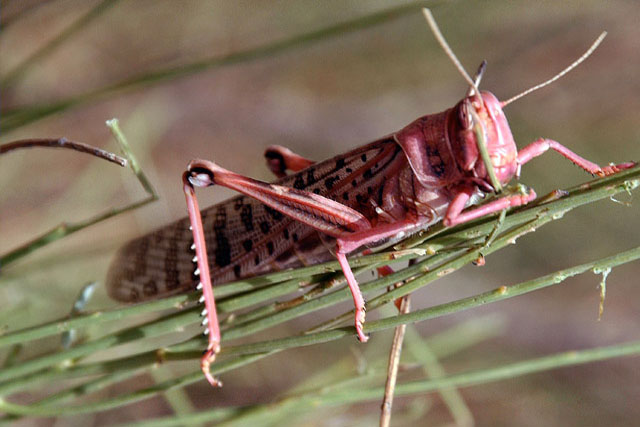
For the past few days, desert locusts have been having a field day quite literally. Swarms of them have plagued the fields eating away crops in Rajasthan, Gujarat, Maharashtra, Madhya Pradesh, Punjab and Uttar Pradesh. What are these insects? What has led to their outbreak? What explains the attack this year? What can we do about it? Here is an explainer addressing some of these questions.
What are locusts? How are they different from grasshoppers?
Locusts are large herbivorous insects and are a species of short-horned grasshoppers. Locusts and grasshoppers look similar in appearance but their behaviours are different. Locusts can exist in two different behavioural states – solitary and gregarious. When the population density is low, locusts exhibit solitary behaviour. However, when the population density becomes high, it undergoes physiological and behavioural changes and form large swarms of adult locusts. These swarms are migratory in nature while grasshoppers do not exhibit such behaviours and are mostly solitary in nature.
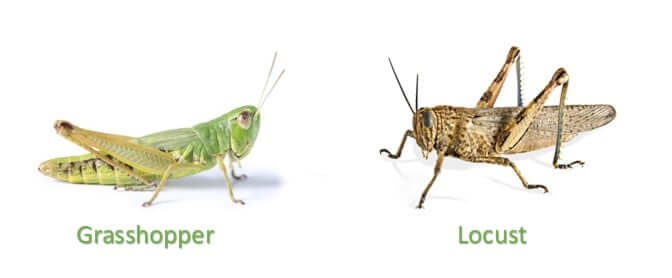
What are desert locusts?
Desert locust is a species of locust and a periodically swarming short-horned grasshopper. Unlike grasshoppers, it is one of the most devastating migratory pests in the world. They feed on large quantities of green vegetation like crops, pasture, and fodder. They are mostly concentrated in the Horn of Africa part and are found across the Arabian Peninsula, West Asia and a portion of the Indian subcontinent.
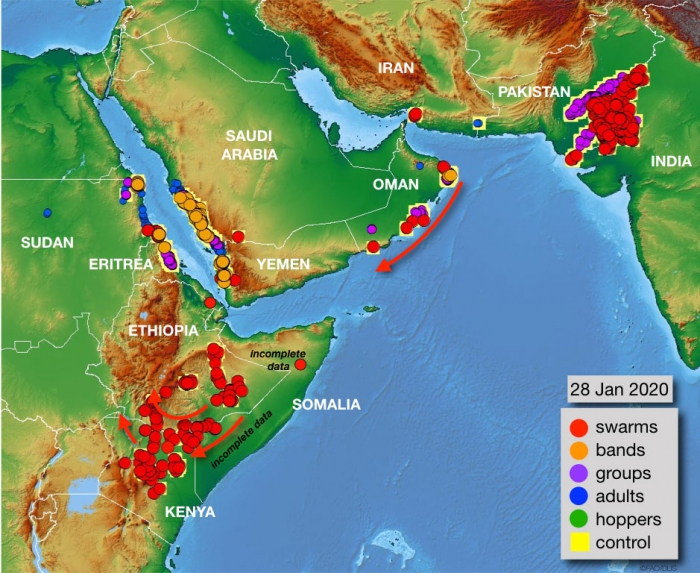
They have the ability to follow the path of greenery and moisture due to their biological radar. However, their migration path follows the prevailing wind direction.
How did they arrive in India?
The desert locusts that have entered parts of India now originated in the Horn of Africa (Somalia, Eritrea, Ethiopia and Djibouti where excess rains had triggered breeding of the insect. They crossed the Red sea over to Iran and Pakistan to fulfil their lust for moisture and greenery. Some of them had a stopover at Iran, Pakistan and Baluchistan before where there was another round of breeding. They had reached Pakistan by mid-April.
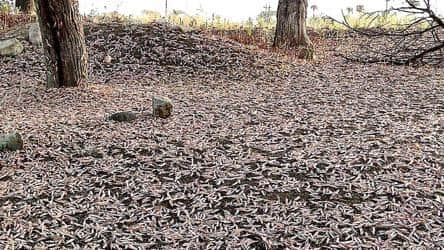
With the onset of monsoon in India, swarms of desert locusts have entered from Pakistan to Punjab and have made their way into Rajasthan, Haryana, Madhya Pradesh, and few parts of other states like Gujarat and Uttar Pradesh.
Why is it a concern?
The onset of monsoon is followed by the new kharif cropping season when sowing of rice, sugarcane, cotton, sesame and other crops are undertaken. If the swarms are not controlled, it could lead to a huge loss for farmers. Many farmers in Rajasthan, Punjab and Haryana have already lost significant portion of their crops to these pests. Large scale destruction of crops by locusts could lead to food shortage.
Will they reach southern part of India?
Experts say that they are less likely to reach southern states like Tamil Nadu and Andhra Pradesh as these states receive rain during the north-east monsoon. Recently, reports of locust species being sighted in plantations in Nilgiris district of Tamil Nadu emerged. A member of the Grasshopper Specialist Group of the Species Survival Commission of International Union of Conservation of Nature clarified that these species of spotted coffee grasshopper, Bombay locust and the Crytacanthacris Tartarica, a type of grasshopper, have been mistaken for the swarm of desert locusts.
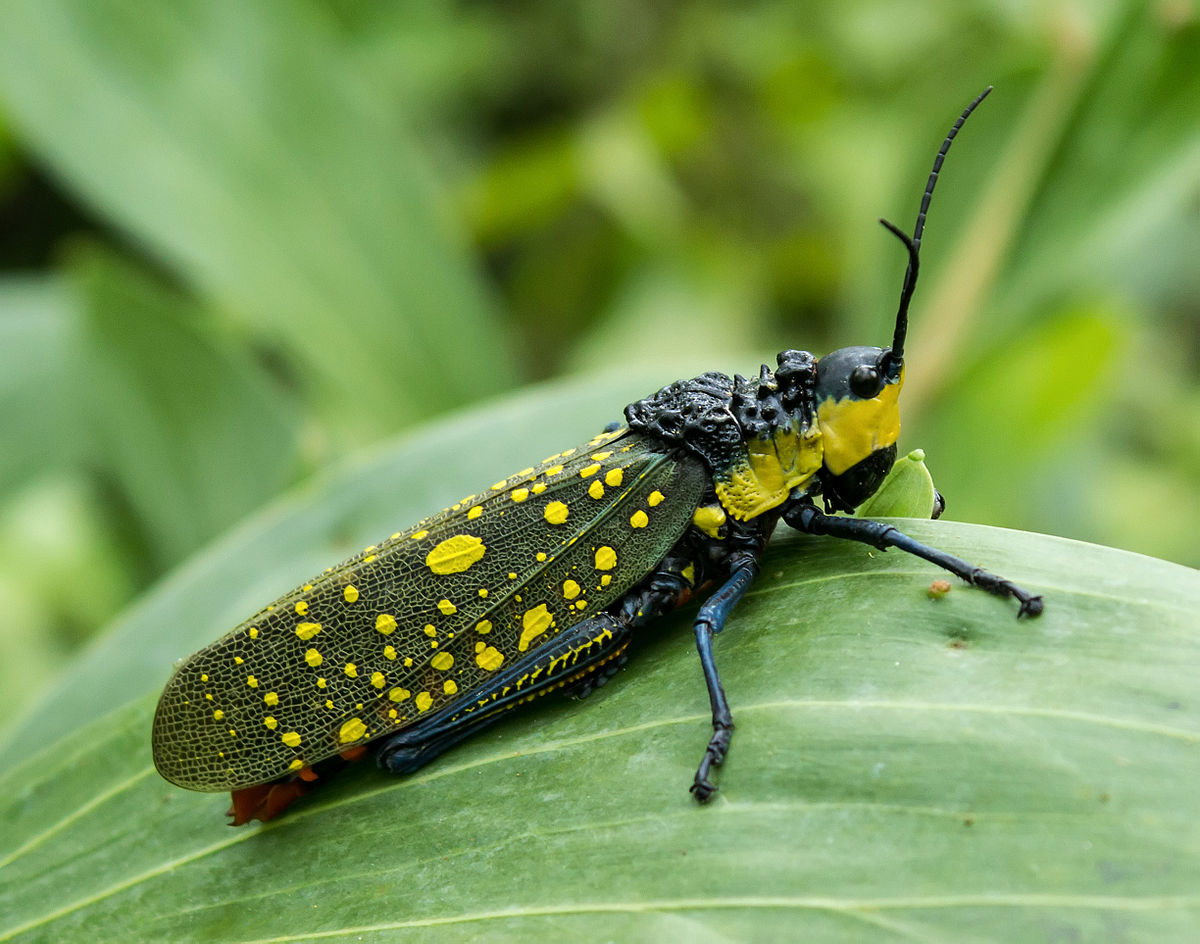
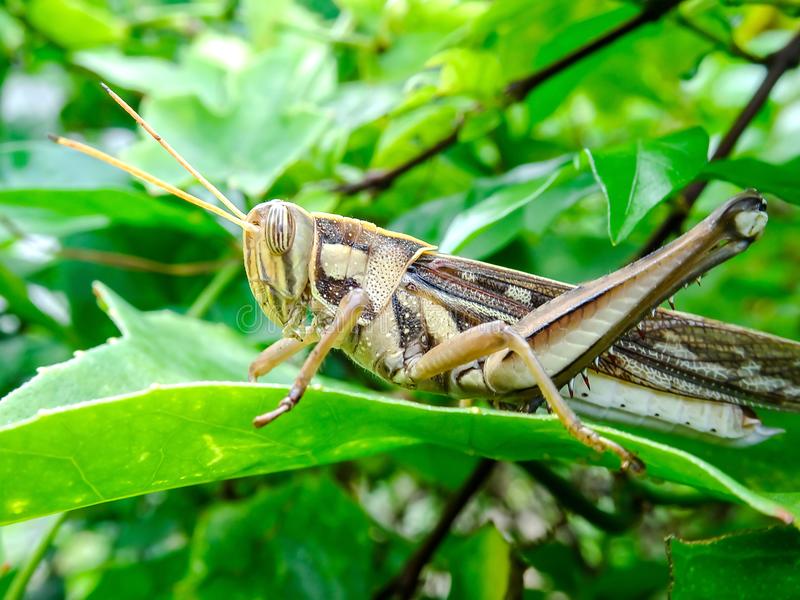
Is this the first time that desert locusts are invading India?
The last time desert locusts wreaked havoc was in 2010. Prior to that, there were 13 locust attacks between 1964 and 1997. There were 5 outbreaks from 1997 to 2010 which were controlled. No major swarms were reported from 2010 to 2018.
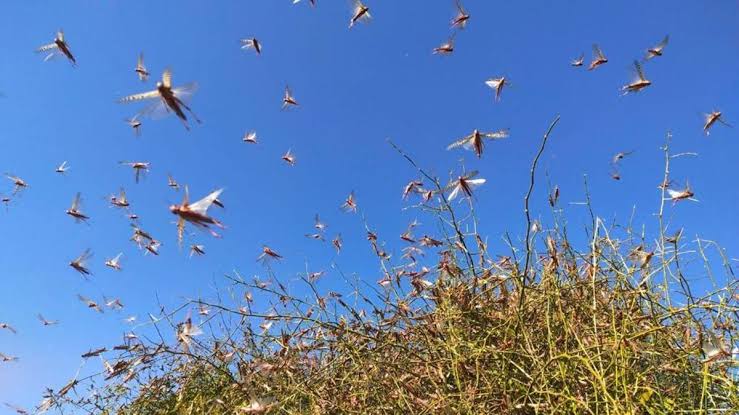
In 2019, Gujarat and Rajasthan saw locust invasions destroying nearly 3.5 lakh hectares of cumin, rapeseed and mustard.
What is the link with climate change?
The locusts upsurge can be attributed to the phenomenon of Indian Ocean Dipole (IOD), the alternate warming and cooling of western and eastern Indian oceans.

A positive dipole is when the western part is hotter than the eastern part and negative dipole happens when the eastern part is hotter than the western part. A positive dipole is favourable to India as it brings in good rains. Last year’s positive dipole was very strong leading to an above normal monsoon. It led to the monsoons extending to parts of West Asia, Arabian Peninsula and Horn of Africa. This moisture facilitated the swarming up of desert locusts. The desert locusts have now carried themselves with the monsoon winds now.
Against the backdrop of global warming, stronger positive IODs are set to become more frequent. This could lead to regular locust infestations that could pose serious threat to agriculture and thereby food security.
What can be done?
Desert locusts travel only during day time thereby making them vulnerable at night. The Locus Warning Organization under the Ministry of Agriculture are monitoring and tracking the swarms. Drones are being used to spray insecticides on non-cropped areas. In agricultural areas, a chlorpyrifos is sprayed using drones and tractor mounted sprays. In some areas, the Indian jugaad mind has come out with a solution by playing loud music to ward off swarms.
A DJ setup with loudspeakers in the middle of a field in Uttar Pradesh to fight locust invasion.
(Video courtesy: @upcoprahul #LocustAttack #locusts #India #UttarPradesh pic.twitter.com/UZnVHlJeT5
— JioNews (@JioNews) May 28, 2020




